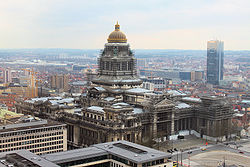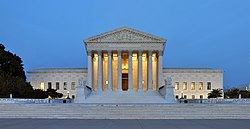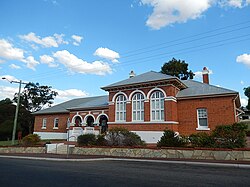This is a list of notable courthouses. These are buildings that have primarily been used to host a court. In some countries, "courthouse" is not the term used, instead the term for the building is simply "court". Courthouses have often been designed to be architecturally grand or imposing.


















